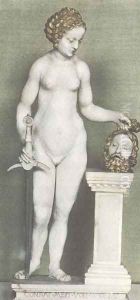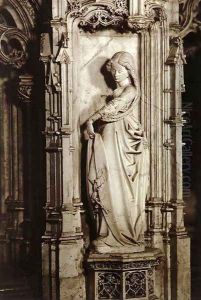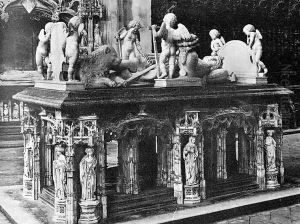Conrad Meit Paintings
Conrad Meit, also known as Conrad Meyt or Conrad Maet, was a notable Northern Renaissance sculptor, whose birth date is often cited as circa 1470 to 1480, with some sources suggesting he was born in Worms, Germany. There is a lack of comprehensive documentation regarding his early life and training, which is not unusual for artists of his era. Meit is known to have been active in several regions throughout his career, including the Low Countries, which today comprise Belgium, the Netherlands, and Luxembourg.
Meit's work was greatly influenced by the style of the Italian Renaissance, but he also maintained a distinct Northern European sensibility. He is particularly recognized for his small, exquisitely detailed sculptures in wood, alabaster, and bronze. His artworks often featured religious themes as well as portraits, and he was skilled at capturing the human form with a sense of individual personality and detail.
Around the year 1506, Conrad Meit became court sculptor to Philip the Fair, who was the Duke of Burgundy. After Philip's death, Meit continued to serve his successor, Margaret of Austria, who was the Regent of the Netherlands. One of his most famous works from this period is the tomb of Philip the Fair in the Monastery of Brou, near Bourg-en-Bresse, which features finely carved statues.
Meit's sculpture was known for its blend of Gothic and Renaissance elements, and he played a significant role in the introduction of Renaissance ideals to Northern European art. His works were influential in the development of portrait sculpture in the Northern Renaissance, and he was one of the first sculptors north of the Alps to create freestanding nude figures, drawing from the classical tradition but infusing them with a Northern sensibility.
Conrad Meit's death is recorded as occurring in 1550 or 1551 in Antwerp. His legacy is seen in the work of later sculptors who were influenced by his style and his successful synthesis of Northern and Italian Renaissance art forms. Although not as widely known as some of his contemporaries, Meit's contributions to the art of sculpture during the Renaissance period remain significant.


